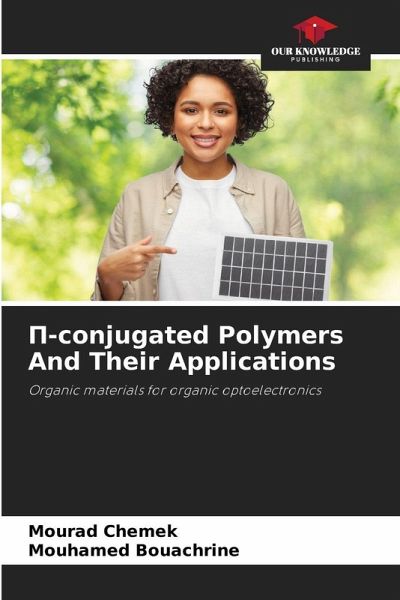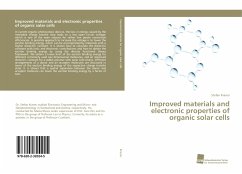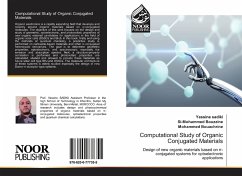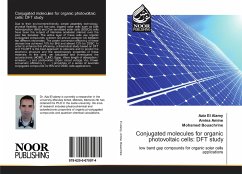
¿-conjugated Polymers And Their Applications
Organic materials for organic optoelectronics
Versandkostenfrei!
Versandfertig in 6-10 Tagen
29,99 €
inkl. MwSt.

PAYBACK Punkte
15 °P sammeln!
It's clear that the last two decades of the twentieth century have seen a highly promotional development in the search for new materials in the hope of replacing inorganic semiconductors. Organic polymers, for example, appear to be good candidates, thanks to their low drop, light weight and flexibility, coupled with interesting optoelectronic and scalable properties. However, electronic components based on these new materials are at least as good as optoelectronic components based on inorganic materials. To improve OLED performance, Poly (N-vinylcarbazole) (PVK) was used in multilayer structur...
It's clear that the last two decades of the twentieth century have seen a highly promotional development in the search for new materials in the hope of replacing inorganic semiconductors. Organic polymers, for example, appear to be good candidates, thanks to their low drop, light weight and flexibility, coupled with interesting optoelectronic and scalable properties. However, electronic components based on these new materials are at least as good as optoelectronic components based on inorganic materials. To improve OLED performance, Poly (N-vinylcarbazole) (PVK) was used in multilayer structures where the active layer is a conjugated polymer. The use of PVK has improved electroluminescence quantum efficiency and enhanced the emitted signal. Active layers formed by mixing PVK with a luminescent conjugated polymer have also been developed. The use of PVK in these blend materials has resulted in higher-performance OLEDs with incomparably higher quantum yields than OLEDs based on theconjugated polymer alone.












